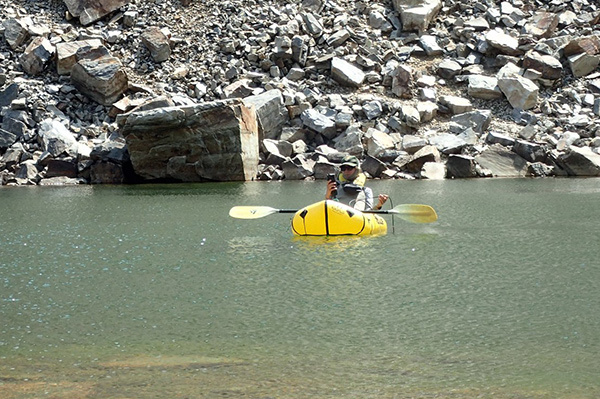The U.S. Geological Survey and National Park Service (USGS-NPS) Water-Quality Partnership was initiated in 1998 as part of the Clean Water Action Plan, a Presidential initiative to commemorate the 25th anniversary of the Clean Water Act.
NPS views the partnership program as an effective way to provide their managers with the science necessary to make defensible decisions about their water resources. An important additional benefit of the partnership is the interaction of park staff with USGS scientists. Through the activities of the partnership projects, new relationships have been established which have led to engagement of USGS scientists in long-term collaborations to support key water quality information needs of the NPS.
Find Out MoreThis program continues to produce high-quality, cost-effective products that are used to make informed decisions regarding aquatic-resource protection of national park lands for current and future generations to enjoy.

Each year, project proposals for the Water Quality Partnership are collaboratively developed by NPS park staff and USGS scientists. Proposals are submitted under three different categories (Intensive, Synoptic, and Technical).
Proposals are evaluated and prioritized by an inter-agency panel led by the USGS and NPS coordinators. Each proposal is ranked by key factors such as scientific merit, severity of the resource threat in the park, problem resolution, and cost-effectiveness. Project selection is highly competitive, with an average of only eight new projects funded each year out of approximately 75 proposals that are submitted.
Identification of research and investigation needs by NPS resource managers, combined with a rigorous proposal and study plan review process, ensures that priority NPS water-quality issues are addressed by USGS scientists.